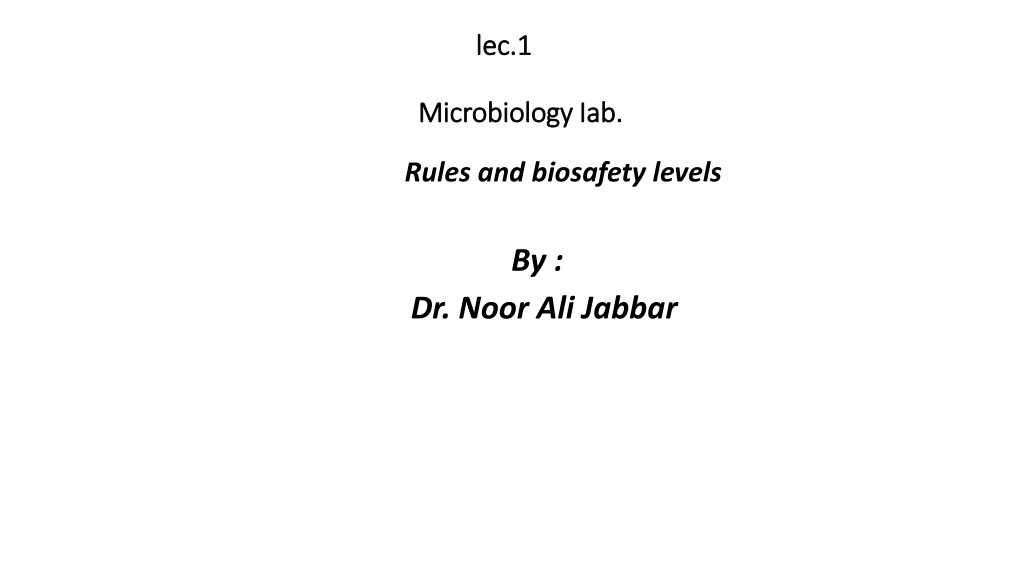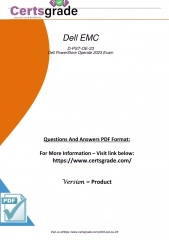
Laboratory Safety Guidelines for Microbiology Procedures
Learn about the essential laboratory safety guidelines for conducting microbiology procedures, including the classification of biosafety levels, use of biohazard symbols, and practical tips to ensure a safe working environment. Follow these precautions to mitigate risks and protect yourself and others from potential hazards in the laboratory setting.
Download Presentation

Please find below an Image/Link to download the presentation.
The content on the website is provided AS IS for your information and personal use only. It may not be sold, licensed, or shared on other websites without obtaining consent from the author. If you encounter any issues during the download, it is possible that the publisher has removed the file from their server.
You are allowed to download the files provided on this website for personal or commercial use, subject to the condition that they are used lawfully. All files are the property of their respective owners.
The content on the website is provided AS IS for your information and personal use only. It may not be sold, licensed, or shared on other websites without obtaining consent from the author.
E N D
Presentation Transcript
lec. lec.1 1 Microbiology Microbiology Iab Iab. . Rules and biosafety levels By : Dr. Noor Ali Jabbar
biosafety levels biosafety levels: are classifications of safety precautions necessary to be applied in the clinical microbiology laboratory. depending on specific pathogens handled when performing laboratory procedures.
Biohazard Symbol: It is used to warn people of the potential for the presence of dangerous Biological materials such as: Cultures of pathogens- Human blood and tisse Corridors leading to the laboratories.
Laboratory safety considerations: 1- Wear protective clothing (clean lab. Coat ,Gloves, mask ,safety glasses ).
2. Avoid touching objects ( e.g., pencils ,cell phones , door handles ) - Pencils , labels , or any other materials should never be placed in your mouth.
3. Do not eat food or drink water in the lab. do not use lab. glassware as food or water containers.
4.Do not take any cultures out of the lab for any reason , all cultures should be handledas potentially pathogenic.
5. Write clear information on each sample . 6. Wash hands afterv working with infectious materials.
Sterilization: any process that removes, kills, or deactivates all forms of life such as fungi, bacteria, spores, virus . Disinfection: is destruction of microorganisms, except bacterial spores, on inanimate objects (e.g., medical devices such as endoscopes). antiseptic: is a chemical agent that slows or stops the growth of microorganisms on external surfaces of the body and helps to prevent infection. Decontamination: is the process of removing contaminants on an object or area, including chemicals, micro-organisms.
10. At the end of the lab period return all equipment to its place of origin. 11. Wash your hands very well with soap and water befor leave the lab .











